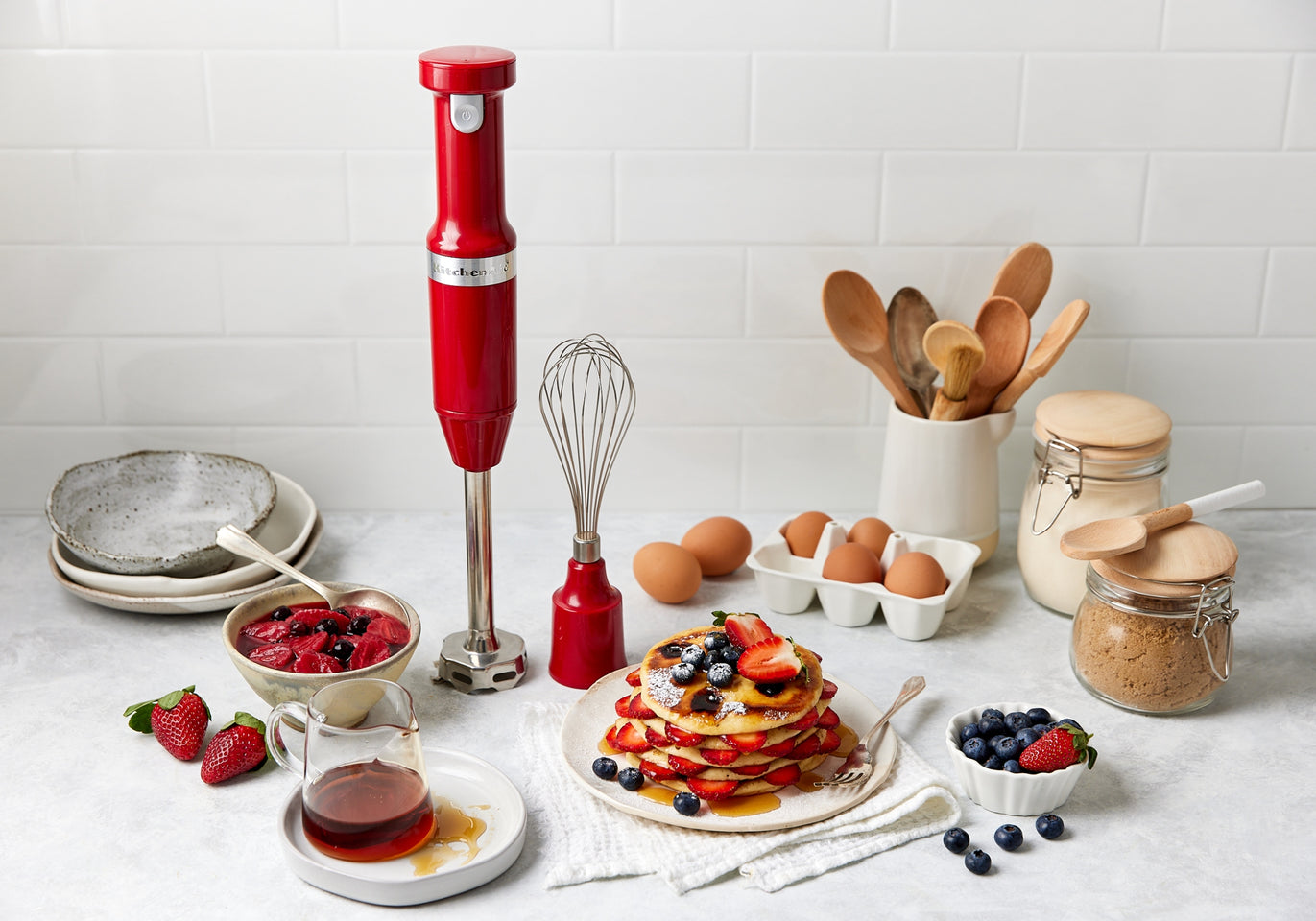

Articles
What Can I Use Instead Of A Blender
Modified: October 20, 2024
Discover alternative options for blending ingredients in our informative articles. Find out what you can use instead of a blender for your culinary needs.
(Many of the links in this article redirect to a specific reviewed product. Your purchase of these products through affiliate links helps to generate commission for Storables.com, at no extra cost. Learn more)
Introduction
Blenders are a versatile kitchen appliance that many of us rely on for various tasks, from making smoothies and soups to crushing ice and blending ingredients for baking. However, there may be times when you find yourself without a blender or in need of an alternative. Whether your blender is broken, you’re traveling, or you simply want to explore other options, there are several alternatives that can help you achieve similar results. In this article, we will explore some of the best alternatives you can use instead of a blender.
Before we dive into the alternatives, it’s important to note that each option may have limitations and may not provide the exact same results as a blender. However, they can still be effective substitutes depending on the task at hand. Let’s explore these alternatives and discover their unique benefits.
Key Takeaways:
- Get creative in the kitchen by using alternatives like hand mixers, food processors, and immersion blenders for blending and mixing tasks when a traditional blender is not available.
- Embrace resourcefulness and explore unique options such as coffee grinders, mortar and pestles, and even mason jars with immersion blender attachments to achieve diverse blending and mixing results without relying solely on a blender.
Read more: What Can I Use Instead Of Curtains
Hand Mixer
A hand mixer is a great alternative to a blender, especially when it comes to tasks like mixing batters, whipping cream, or creating fluffy meringues. This handheld appliance offers convenience and versatility, allowing you to easily mix ingredients without the need for a bulky appliance.
Hand mixers typically come with different speed settings, allowing you to adjust the mixing intensity according to your needs. They also come with various attachments, such as beaters and dough hooks, giving you the flexibility to handle different recipes and achieve desired results.
When using a hand mixer as a substitute for a blender, it’s important to keep in mind its limitations. Hand mixers are not designed for tasks that require chopping or blending solid ingredients into a smooth consistency. So, while it may not be suitable for making smoothies or pureeing ingredients, it excels in incorporating air into mixtures and achieving fluffy textures.
To use a hand mixer effectively, place the ingredients in a deep mixing bowl or a sturdy mixing container. Begin mixing at a low speed to avoid splattering and gradually increase the speed as needed. Remember to tilt the mixer and move it around the bowl to ensure even mixing.
Overall, a hand mixer is a practical and efficient alternative to a blender for tasks that involve mixing, whisking, and emulsifying. It can be particularly useful for baking enthusiasts who need to whip up cake batters, cookie doughs, and other similar mixes. With its compact size and easy handling, a hand mixer is a valuable addition to any kitchen.
Food Processor
A food processor is another excellent alternative to a blender, especially when it comes to tasks that require chopping, grinding, or shredding ingredients. This versatile appliance is capable of handling a wide range of food processing tasks, making it a popular choice among home cooks and professional chefs alike.
Food processors typically come with various attachments and blades that allow you to chop vegetables, grind nuts, puree sauces, and even knead dough. With the help of a food processor, you can achieve a variety of textures and consistent results.
One of the advantages of using a food processor is its large capacity. Unlike blenders, food processors often have a larger bowl or container, making it easier to process large quantities of ingredients at once. This makes it ideal for preparing recipes that require bulk processing, such as making salsa, pesto, or homemade nut butters.
To use a food processor, simply place the ingredients in the bowl, choose the appropriate blade or attachment, and secure the lid. Start with short pulses to break down the ingredients, and if needed, continue blending until you reach the desired texture or consistency. It’s important to avoid over-processing, as it can result in a mushy or uneven mixture.
While a food processor can handle many tasks that a blender can, it may have limitations when it comes to liquid-based recipes or achieving ultra-smooth textures. For example, making a smoothie with a food processor may not yield the same level of smoothness as a blender. However, for tasks like chopping vegetables, preparing dough, or making dips, a food processor can be a reliable substitute.
Overall, a food processor is a versatile kitchen gadget that can effectively replace a blender for many food processing tasks. With its multiple attachments and large capacity, it offers flexibility and convenience in the kitchen, helping you tackle a wide variety of recipes with ease.
Immersion Blender
An immersion blender, also known as a hand blender or stick blender, is a compact and versatile alternative to a traditional countertop blender. This handheld appliance is particularly useful for tasks that involve blending or pureeing ingredients directly in the pot, bowl, or container.
One of the key advantages of an immersion blender is its convenience and ease of use. Unlike a blender, which requires transferring ingredients to its specific container, an immersion blender allows you to blend or puree ingredients directly in the cooking vessel. This makes it perfect for making soups, sauces, smoothies, and even baby food.
Using an immersion blender is simple. Just immerse the blending end into the ingredients and activate the power button. The blender’s sharp blades will quickly and efficiently blend the ingredients to the desired consistency. Many immersion blenders also come with adjustable speed settings, allowing you to control the blending speed based on your preferences.
When using an immersion blender, it’s important to ensure that the ingredients are fully submerged to avoid splattering. It’s also helpful to move the blender around in a circular motion to ensure even blending. Immersion blenders are typically not recommended for heavy-duty tasks, such as crushing ice or processing hard vegetables, as they may not have the same power as countertop blenders.
One of the major benefits of an immersion blender is its compact size and easy storage. It takes up minimal space in your kitchen and can be stored in a drawer or cabinet when not in use. Additionally, many immersion blenders come with detachable blending attachments, making them easy to clean and maintain.
Overall, an immersion blender is a practical and efficient alternative to a traditional blender for blending and pureeing tasks. It offers the convenience of blending directly in the cooking vessel and is ideal for recipes that require smaller quantities or quick blending. With its compact design and ease of use, an immersion blender is a handy tool to have in any kitchen.
Stand Mixer
While not a direct replacement for a blender, a stand mixer can be a valuable alternative for certain tasks in the kitchen. Stand mixers are powerful and versatile appliances commonly used for mixing, kneading, and whipping ingredients for baking recipes.
One of the primary advantages of a stand mixer is its ability to handle heavy-duty tasks. With its robust motor and various attachments, a stand mixer can effortlessly mix doughs for bread, cakes, and cookies. It can also whip cream, beat egg whites, and even make homemade butter.
To use a stand mixer effectively, you’ll need to attach the appropriate mixing attachment, such as a paddle or dough hook, based on the recipe you’re preparing. It is important to monitor the mixing time and speed to ensure even and thorough mixing. Stand mixers often come with multiple speed settings, allowing you to adjust the mixing intensity according to your needs.
While a stand mixer can excel in tasks related to baking and dough-making, it may not be suitable for tasks that require chopping, pureeing, or blending ingredients into a liquid consistency. Its main functions revolve around thorough mixing and incorporating air into the ingredients, rather than breaking them down.
Stand mixers can be quite large and may take up considerable counter space in your kitchen. However, their versatility and power make them a worthwhile investment for avid bakers or those who frequently engage in dough-related recipes.
It’s worth noting that some stand mixers come with optional attachments, such as a blender attachment. This attachment can be used alongside the stand mixer to perform blending tasks, providing a more comprehensive blending solution. However, it’s important to check if your specific stand mixer model offers this option.
In summary, while a stand mixer may not be a direct substitute for a blender, it can be an excellent alternative for mixing, kneading, and whipping tasks. Its powerful motor and various attachments make it a versatile tool for baking enthusiasts, offering convenience and efficiency in the kitchen.
Read more: What Can I Use Instead Of A Protractor
Coffee Grinder
While primarily designed for grinding coffee beans, a coffee grinder can also serve as a viable alternative to a blender for certain tasks that require grinding or pulverizing ingredients.
When using a coffee grinder as a substitute for a blender, it’s essential to keep in mind its limitations and the need for thorough cleaning between different ingredients. The grinder’s design and blade configuration are optimized for grinding coffee beans to a consistent texture, which may not be ideal for all types of ingredients.
However, a coffee grinder can be an excellent option for tasks such as grinding spices, chopping nuts, or creating small batches of powdered sugar or breadcrumbs. In these instances, the grinder’s powerful motor and sharp blades can efficiently break down the ingredients.
To use a coffee grinder effectively, it’s important to ensure that the ingredients are dry and free of any moisture. This helps prevent clumping and ensures a more uniform grind. It’s also advisable to pulse the grinder in short bursts to avoid overheating the ingredients or ending up with an overly fine texture.
It’s worth noting that if you intend to use a coffee grinder for both coffee beans and other ingredients, it’s crucial to clean it thoroughly between uses. Residual coffee oils and flavors can transfer to other ingredients and affect their taste. A simple way to clean a coffee grinder is to grind a small amount of plain white rice, which helps remove any remaining oils and particles.
While a coffee grinder can be a useful substitute for certain grinding tasks, it may not be suitable for tasks that require larger quantities of ingredients or tasks that involve blending multiple ingredients together. The grind size and texture achieved with a coffee grinder may not be as consistent or fine as those achieved with a blender.
In summary, a coffee grinder can be a handy alternative to a blender for grinding and pulverizing tasks. It is particularly useful for small quantities of ingredients, such as spices or nuts. However, it is essential to consider the grinder’s limitations and ensure thorough cleaning between different uses to prevent cross-contamination of flavors.
You can use a food processor, immersion blender, or even a mason jar with a tight-fitting lid and some vigorous shaking as alternatives to a traditional blender.
Mortar and Pestle
A mortar and pestle is a traditional and versatile tool that has been used for centuries in culinary practices around the world. While not a direct substitute for a blender, it can be an excellent alternative for tasks that require grinding, crushing, or pulverizing ingredients.
The mortar and pestle consist of a bowl-shaped mortar and a pestle, which is a heavy tool used for grinding and crushing. The friction and pressure created by the grinding motion allow you to break down ingredients into the desired texture and consistency.
One of the major advantages of using a mortar and pestle is the level of control it offers over the grinding process. You can easily adjust the pressure and grind size based on your preferences. Whether you’re grinding spices, crushing herbs, or making pastes, the mortar and pestle allow you to achieve specific textures that may be difficult to achieve with a blender.
Using a mortar and pestle effectively requires a bit of technique and patience. Start by placing the ingredients into the mortar and firmly hold it with one hand while using the pestle with the other hand to grind and crush the ingredients in a circular motion. For larger quantities or tougher ingredients, you may need to apply additional pressure. It’s important to note that the grinding process may take longer compared to using a blender, but the results are often worth it.
Another advantage of using a mortar and pestle is the control over flavors. The gentle grinding motion helps release the natural oils and flavors of the ingredients, resulting in a more aromatic and flavorful end product.
However, it’s important to keep in mind that a mortar and pestle may not be suitable for tasks that require large volumes of ingredients or tasks that involve blending or pureeing. The mortar and pestle excel in grinding and crushing tasks but may not provide the same level of convenience or thorough blending as a blender.
In summary, a mortar and pestle are versatile tools that can be used as an alternative to a blender for grinding and crushing tasks. They offer control over texture and flavor, allowing you to achieve specific results. While they may not be as quick or convenient as a blender, a mortar and pestle are valuable additions to any kitchen, particularly for those who appreciate the art of traditional grinding.
Nutribullet or Other High-Speed Blender Alternative
If you’re looking for an alternative that closely replicates the functionality of a blender, a high-speed blender like a Nutribullet or another similar brand can be an excellent choice. These blenders are designed to quickly blend ingredients into smooth and creamy textures, making them suitable for various tasks, including making smoothies, pureeing soups, and creating sauces.
High-speed blenders offer powerful motors and sharp blades that can pulverize and blend ingredients at a rapid speed, resulting in silky smooth results. They often come with multiple speed settings and preset programs, allowing you to choose the appropriate blending speed and duration for different recipes.
The key advantage of high-speed blenders is their ability to handle a wide range of ingredients, including fibrous vegetables, frozen fruits, and nuts. Their powerful motors and specifically designed blades can easily break down tough ingredients and create smooth, well-blended textures.
Using a high-speed blender is typically straightforward. Depending on the recipe, you may need to add liquid to facilitate the blending process. Once the ingredients are in the blender container, secure the lid, select the desired speed or program, and let the blender work its magic. High-speed blenders are often equipped with safety features such as auto shut-off and overload protection.
While high-speed blenders are excellent at creating smooth blends, they may not be the best choice for certain tasks, such as chopping or grinding coarse ingredients. They are primarily designed for liquefying and emulsifying rather than breaking down ingredients into larger particles.
It’s worth noting that high-speed blenders can be larger and more expensive than standard countertop blenders. However, they offer increased power and versatility, making them an ideal choice for those who frequently rely on blending tasks in their culinary repertoire.
In summary, a high-speed blender like a Nutribullet is a fantastic alternative that closely replicates the functionality of a traditional blender. With their powerful motors and sharp blades, they can quickly blend ingredients into smooth and creamy textures. While they may not excel at all tasks, high-speed blenders are perfect for blending fruits, vegetables, and other ingredients into delicious and nutritious concoctions.
Mason Jar with Immersion Blender Attachment
If you have an immersion blender but lack a blending container, a mason jar can be a simple and convenient alternative. With the right attachment, you can transform a standard mason jar into a makeshift blending container, allowing you to blend and puree ingredients with ease.
Using a mason jar with an immersion blender attachment offers several advantages. Firstly, it provides a secure and sturdy blending container, preventing any accidents or spills during the blending process. Secondly, it allows you to blend smaller quantities of ingredients without the need for a larger blender container.
To use a mason jar with an immersion blender attachment, ensure that the jar is clean and dry. Then, attach the blending attachment to the immersion blender’s motor unit, making sure it is securely fastened. Place the ingredients you want to blend into the mason jar, leaving enough headspace to accommodate the blending process. Carefully insert the immersion blender into the jar until the blades are submerged in the ingredients.
With the immersion blender turned on, move it in an up-and-down motion to blend the ingredients. It’s important to monitor the blending process to ensure that all ingredients are properly blended. Take care not to overtighten the blending attachment or apply excessive force, as this may damage the mason jar.
Using a mason jar with an immersion blender attachment is a great alternative for blending smaller quantities of ingredients. It’s particularly useful when making single servings of smoothies, sauces, or salad dressings. Additionally, the versatility of mason jars allows you to store the blended ingredients easily by simply attaching a lid to the jar.
However, it’s important to note that not all mason jars are suitable for use with immersion blenders. Choose a high-quality jar that is capable of withstanding the blending process and has a wide enough opening to comfortably accommodate the immersion blender attachment. Additionally, make sure to follow the safety guidelines provided by the immersion blender manufacturer.
In summary, using a mason jar with an immersion blender attachment is a creative and practical solution when you don’t have a traditional blending container. It provides a secure and versatile option for smaller blending tasks, offering convenience and ease of use in the kitchen.
Read more: What Can I Use Instead Of A Ladder
Whisk or Fork
If you find yourself without a blender or any of the previously mentioned alternatives, don’t worry! You can still achieve certain blending and mixing tasks using basic kitchen tools like a whisk or a fork. While these tools may not provide the same level of efficiency or consistency as a blender, they can still be handy alternatives in a pinch.
A whisk or a fork can be particularly useful for tasks that involve combining ingredients or incorporating air into mixtures. Whisks are designed with thin wires that effectively blend and mix ingredients together, while forks can be used to mash and combine ingredients in a more rudimentary manner.
To use a whisk effectively, simply place the ingredients in a bowl and vigorously whisk them using a brisk, circular motion. This helps incorporate air into the mixture and creates a smooth and well-blended texture. Whisks are great for tasks like beating eggs, mixing batter, or whipping cream. They are versatile tools that come in various sizes, allowing you to choose the right whisk for the task at hand.
If you don’t have a whisk available, a fork can serve as a makeshift alternative. While not as efficient as a whisk, a fork can still help mix and combine ingredients. You can use the tines of the fork to break down and incorporate ingredients, such as mashing bananas or creaming butter and sugar together.
It’s important to note that using a whisk or a fork as an alternative to a blender may require more effort and time. The blending process may not be as thorough, and achieving a perfectly smooth consistency may be challenging. However, for simpler tasks or when precise blending isn’t necessary, these tools can get the job done.
When using a whisk or a fork, be mindful of the quantity and texture of the ingredients. These tools are best suited for smaller batches and for tasks that don’t involve breaking down or grinding ingredients. Additionally, take care to choose the right-sized whisk or fork for the task, as using a large whisk for a small mixture or a small fork for a larger mixture may affect the blending experience.
In summary, while not as powerful or efficient as a blender or other alternatives, a whisk or a fork can serve as basic kitchen tools for blending and mixing tasks. They are versatile and readily available options that can be used in a pinch when a blender is not accessible. Just remember to adjust your expectations and be prepared for a slightly different texture or consistency in your final product.
Conclusion
While a blender is undoubtedly a versatile and convenient kitchen appliance, there are various alternatives available that can help you tackle blending and mixing tasks when a blender is not accessible. From hand mixers and food processors to immersion blenders and high-speed blenders, each alternative offers its unique benefits and limitations.
A hand mixer provides versatility and convenience for tasks involving mixing, whipping, and emulsifying, making it a suitable substitute for blending batters, creams, and meringues. Food processors offer a larger capacity and come with different attachments, allowing for chopping, grinding, and pureeing ingredients with ease.
Immersion blenders excel at blending ingredients directly in pots, bowls, or containers, making them ideal for soups, sauces, and smaller blending tasks. Stand mixers are powerful tools primarily used for mixing and kneading dough, making them an excellent alternative for baking enthusiasts.
Coffee grinders can be utilized for grinding spices, chopping nuts, and creating small batches of powdered ingredients. Mortar and pestles provide a traditional and hands-on approach to grinding and crushing ingredients, imparting distinctive flavors and textures.
For those who own immersion blenders, using a mason jar with an attachment can provide a makeshift blending container and is perfect for blending smaller quantities of ingredients. And in a pinch, a whisk or a fork can be used to combine and mix ingredients, although with limited blending capabilities.
While these alternatives may not provide the exact same results as a blender, they offer practical and effective solutions for a range of tasks. It’s important to choose the alternative that best suits your specific needs and the task at hand.
So, the next time you find yourself without a blender or want to explore different options, consider one of these alternatives to help you achieve your desired blending and mixing results. Whether you’re baking, cooking, or preparing a refreshing beverage, these alternatives have got you covered.
Remember, creativity and resourcefulness in the kitchen can lead to delicious and satisfying results, even without a blender by your side.
Frequently Asked Questions about What Can I Use Instead Of A Blender
Was this page helpful?
At Storables.com, we guarantee accurate and reliable information. Our content, validated by Expert Board Contributors, is crafted following stringent Editorial Policies. We're committed to providing you with well-researched, expert-backed insights for all your informational needs.
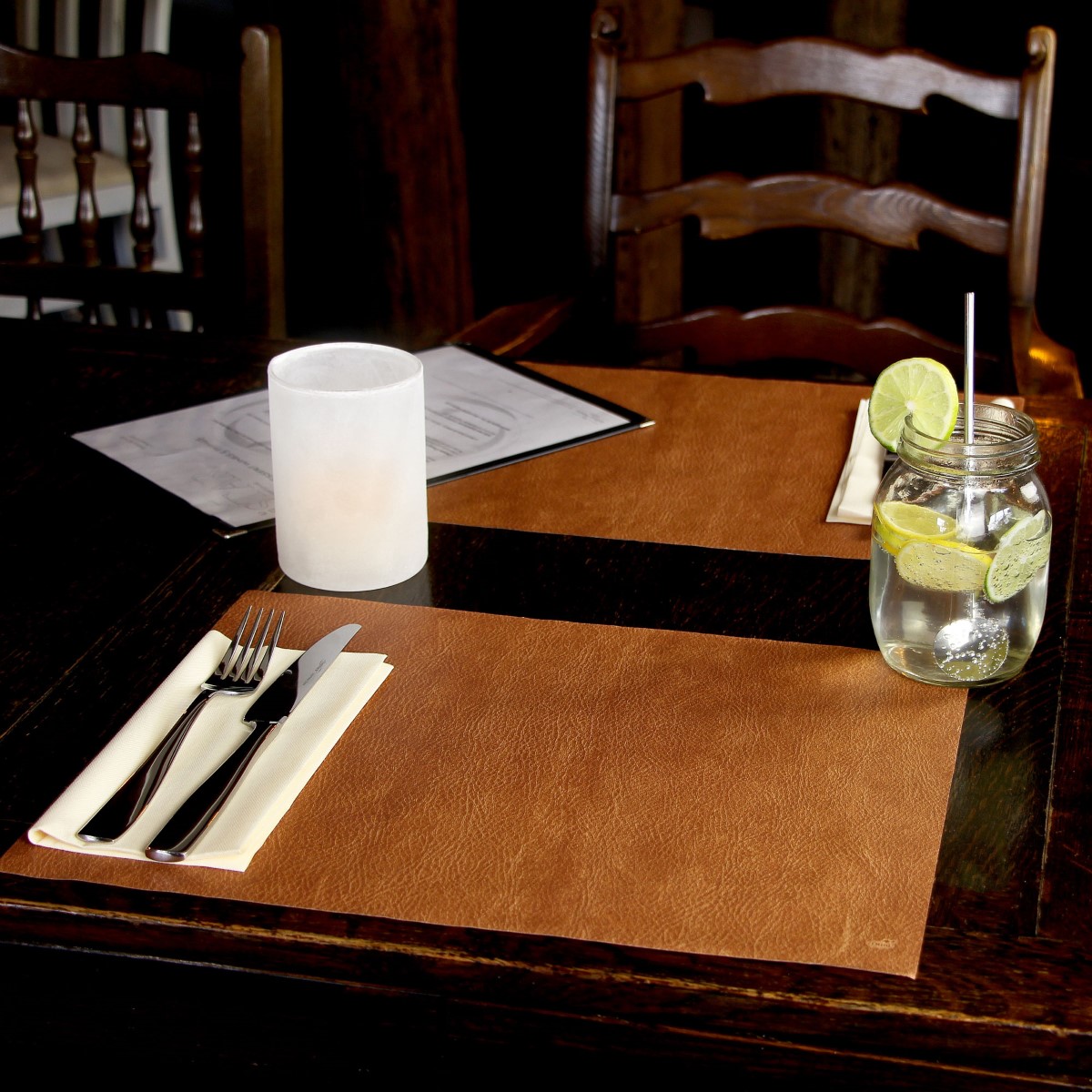



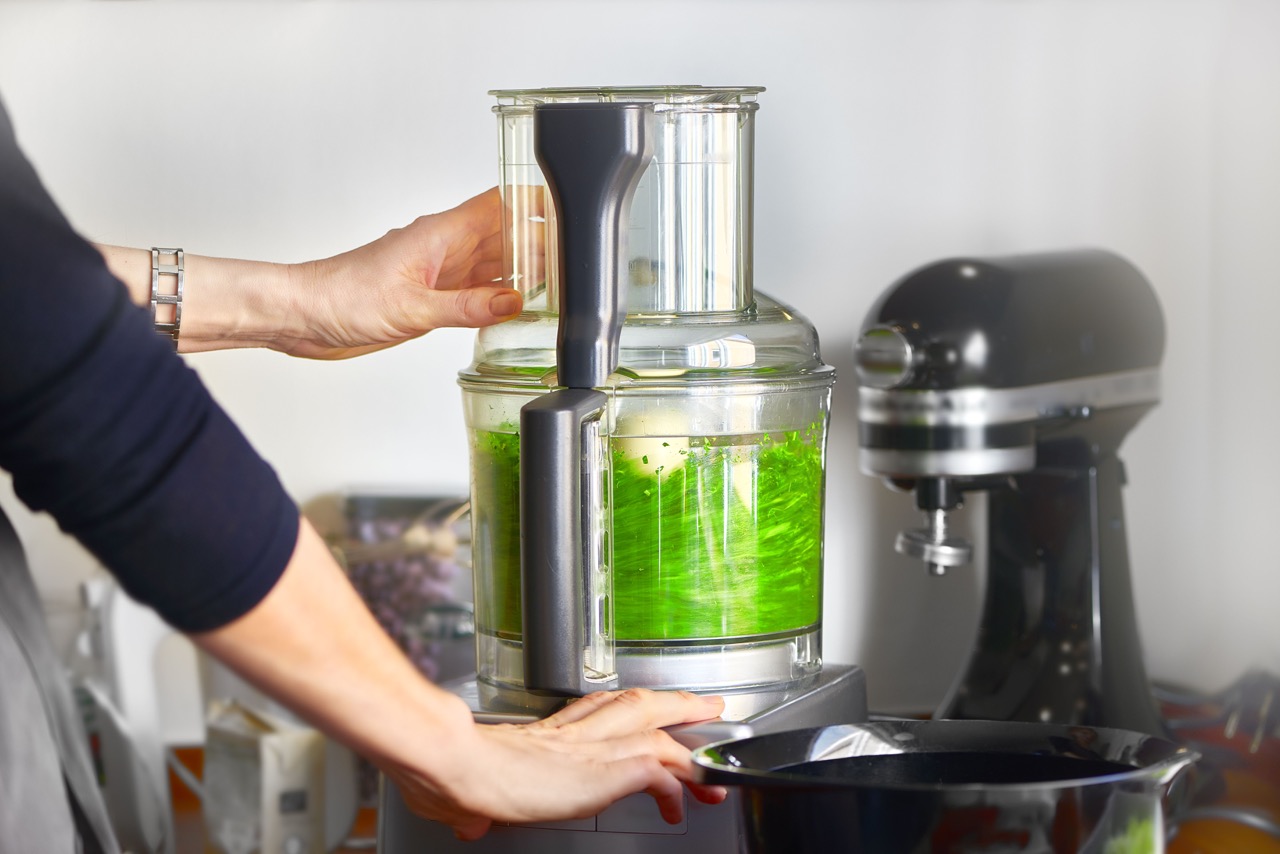

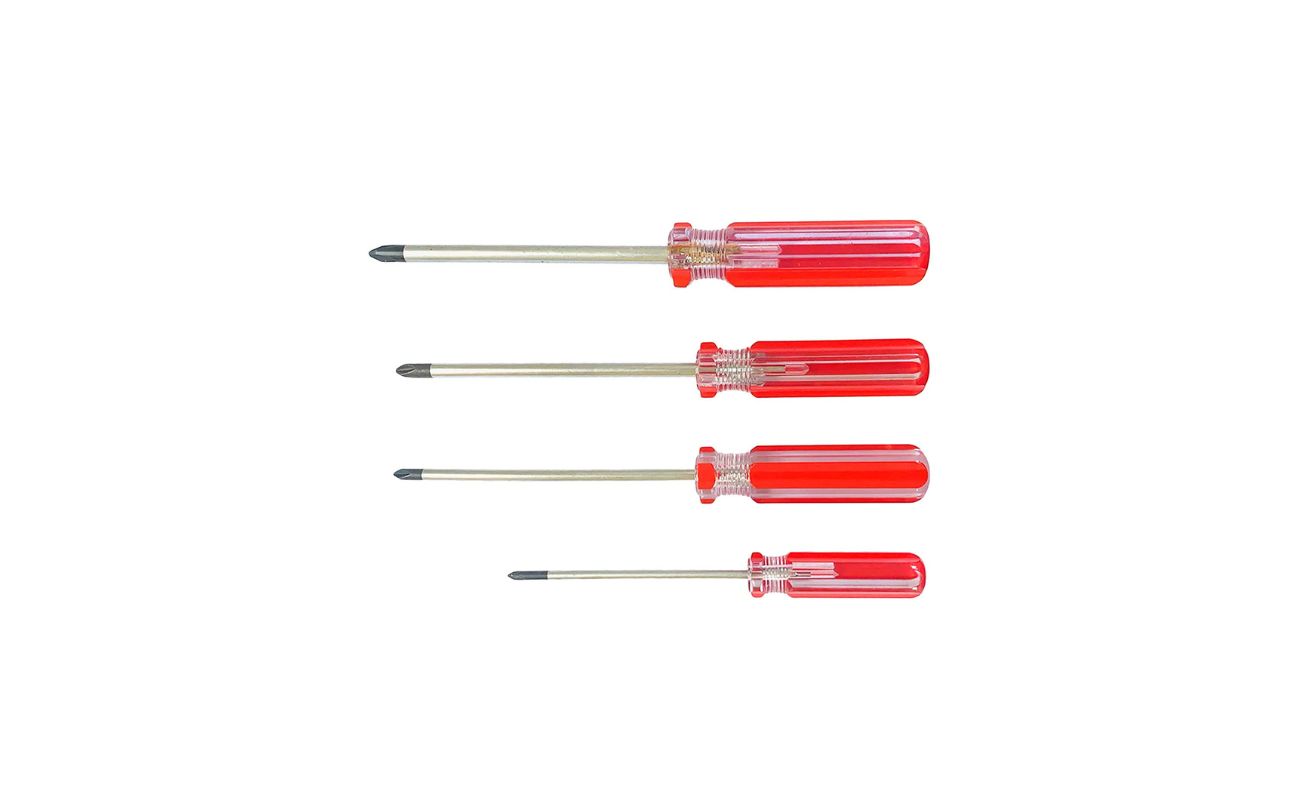
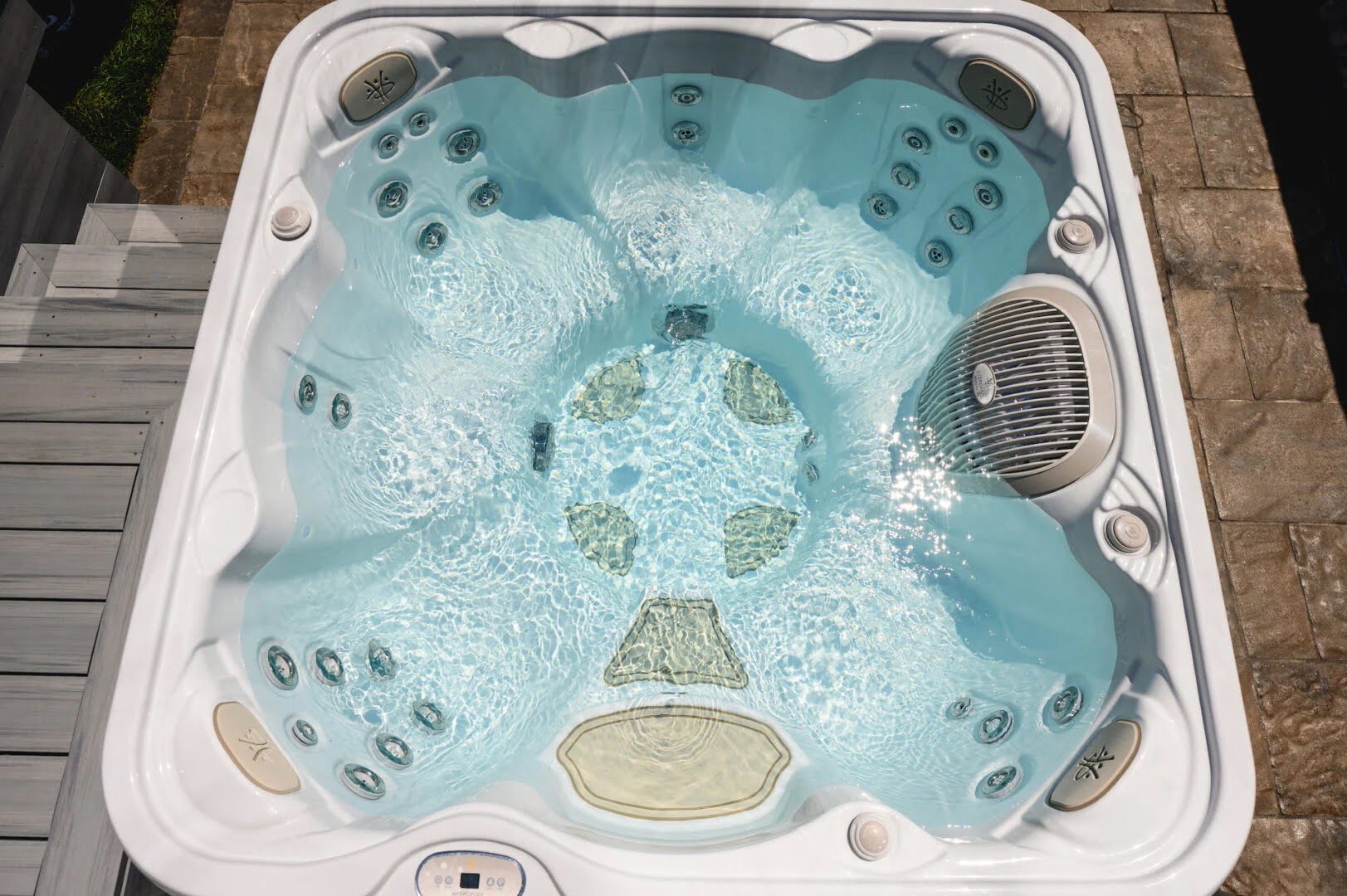
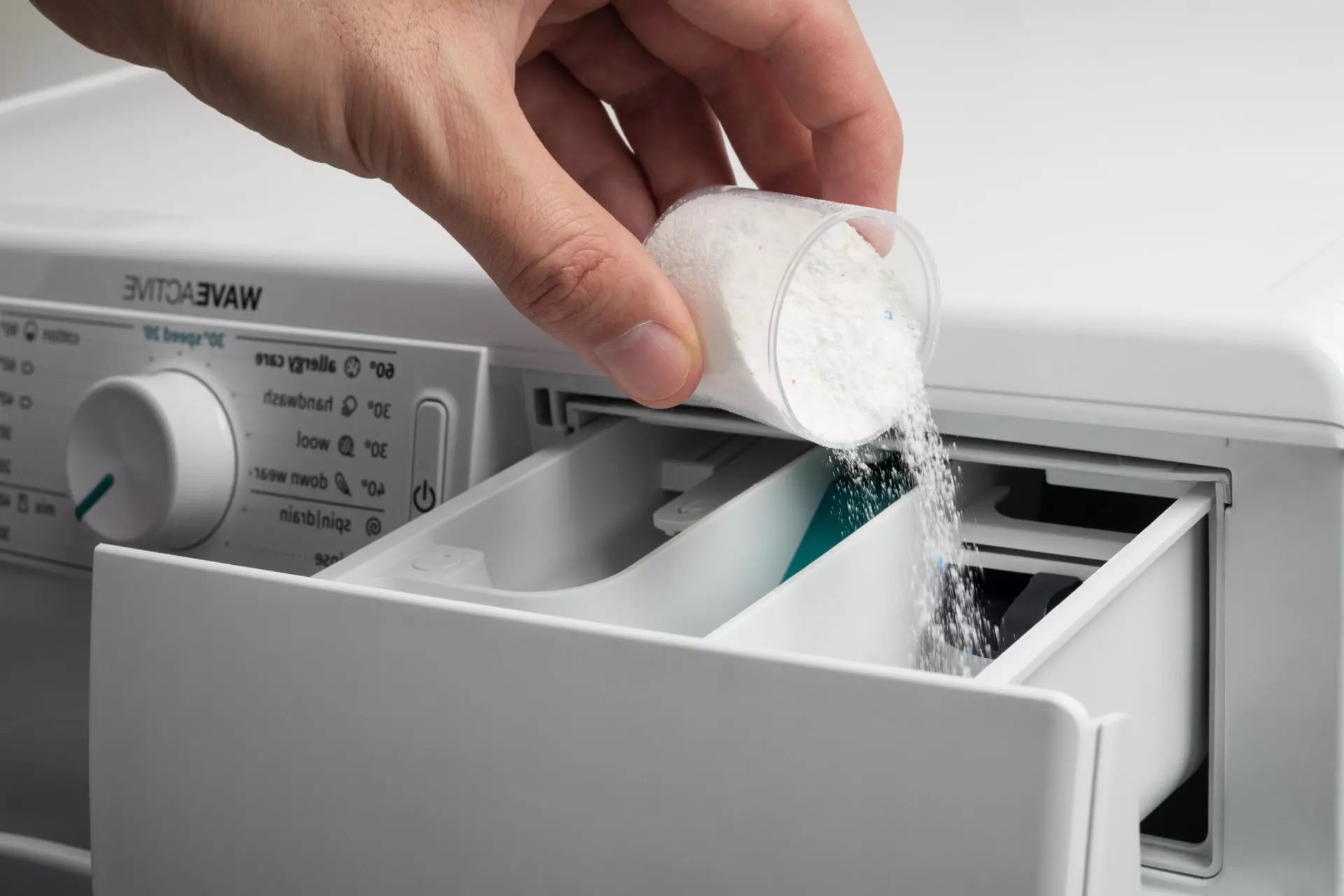
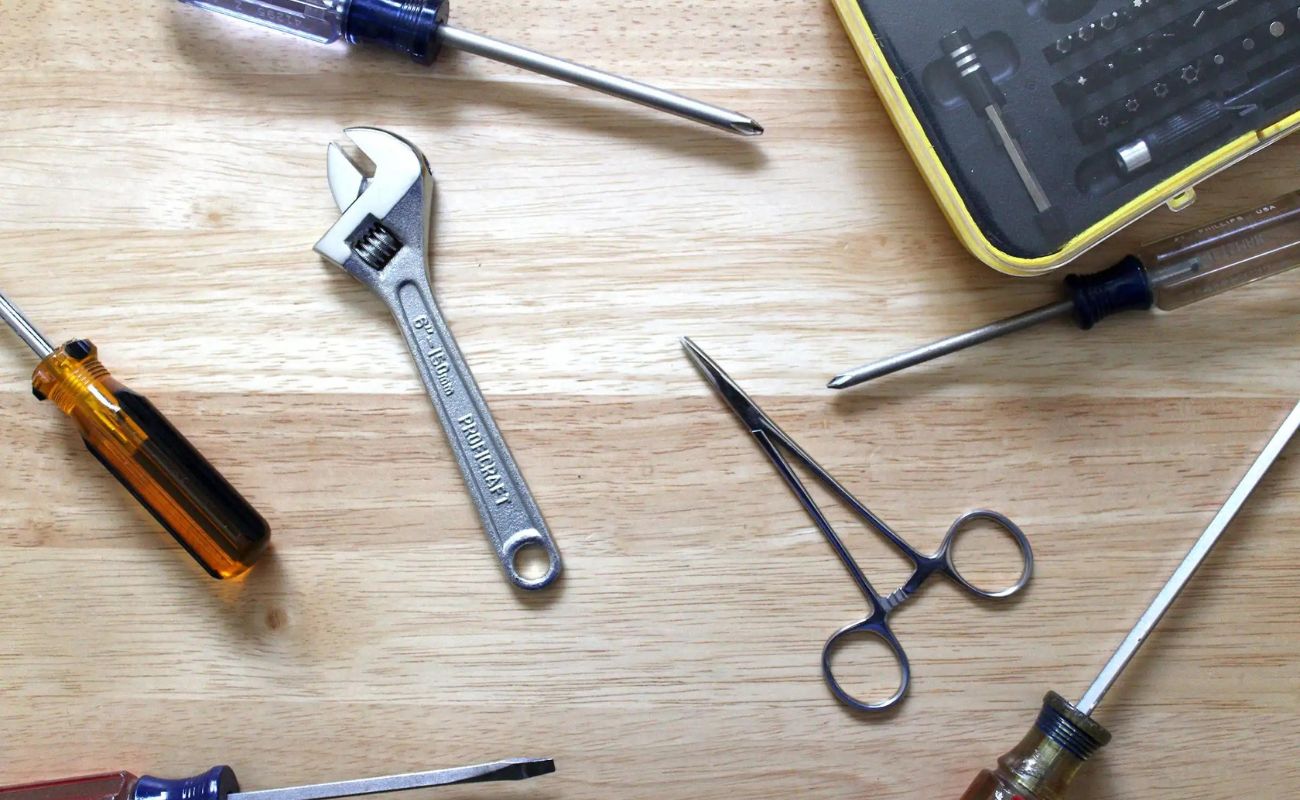
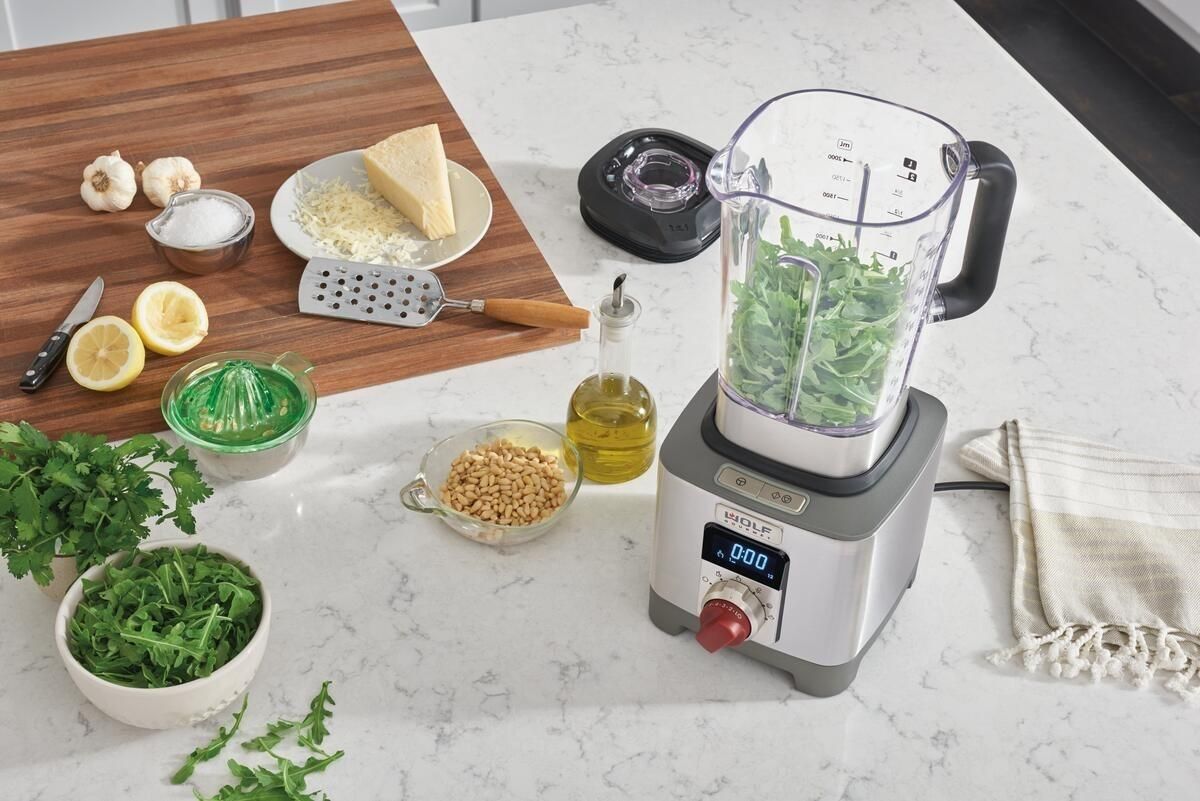
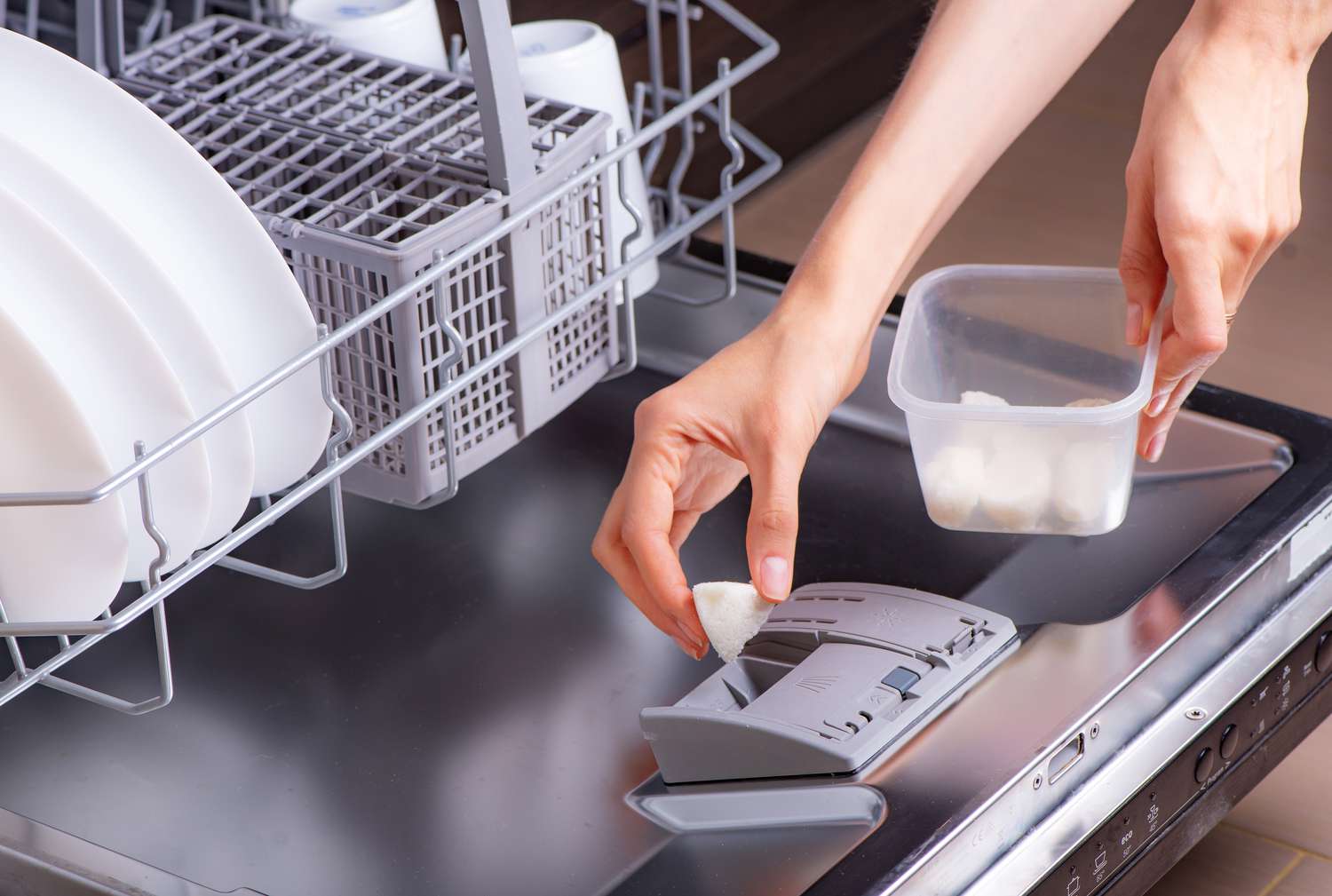


0 thoughts on “What Can I Use Instead Of A Blender”